Just beyond the stately buildings, honking horns, and political intrigues that consume our nation’s capital resides a tranquil wooded oasis that makes up one of the largest national parks in the region: Prince William Forest Park. Although not as well-known as other national parks near Washington D.C., this park has a secret to tell.
Few who wander these forested deertrails and misty meadows realize they are treading in the historical footsteps of spies.
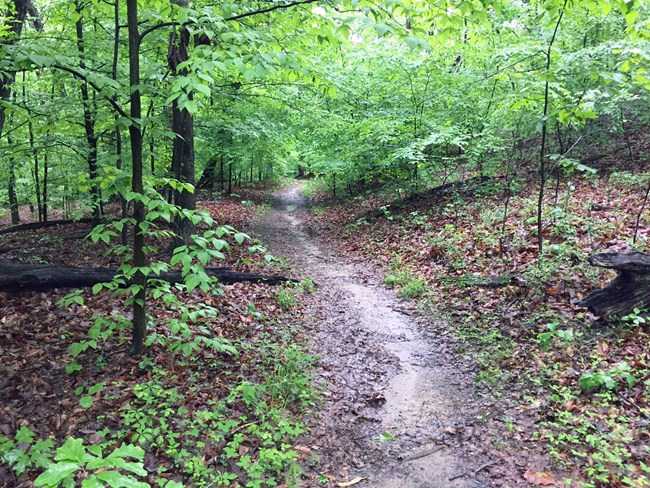
Prince William Forest Park near Quantico, Virginia, encompasses over 16,000 acres, making it the largest protected greenspace in the D.C. region. It’s also the largest piedmont forest in the national park system. A perfect place to train World War II spies. (Image courtesy of NPS and Prince William Forest Park).
America’s First Training Center for Spies
In the 1940s, Prince William Forest Park was known as the Chopawamsic Recreational Demonstration Area. The Office of Strategic Services (OSS), America’s World War II spy agency and the precursor to today’s CIA, needed a rural, isolated location to train America’s first spies and covert operatives. The park proved the perfect training ground.
OSS "Trainazium" Obstacle Course
Individual quarters are hidden in the woods and the students are taught to live in seclusion and conditions simulating those they may encounter as gorillas behind enemy line.
This outdoor trainazium was carefully constructed to develop muscles most used in individual close combat. In fact, the first principle of commando or gorilla training evolves from the theory that the best defense is a good offense. Hit first and talk afterwards – in short, yet tough.
In the summer of 1942, the OSS took over the park and established two training sites: “Area A” (Special Operations training) and “Area C” (Communication Operations training). Their focus was primarily on training new officers to infiltrate enemy territory in the Asian and European conflict zones during WWII.
OSS training site “Area B” was located in Maryland, at what is now Catoctin Mountain Park. You may have heard of it. Catoctin is where Camp David, the country retreat for the president of the United States, is located today.
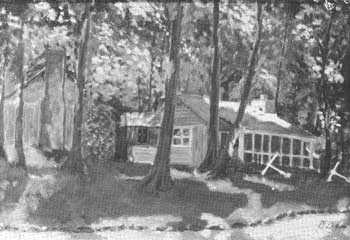
Did you know?
Visiting the Park Today
Thanks to the efforts of OSS veterans and our friends at the National Park Service, visitors to Prince William Forest Park can learn all about the park’s history as America’s first training center for spies. The National Park Service provides a wealth of information, both online and within the park, for curiosity-seekers.
While you can still see many of the original cabins once used by the OSS, the only other artifacts that remain today are a dining hall expansion, a few storage buildings, and the occasional bullet found by a sharp-eyed hiker.
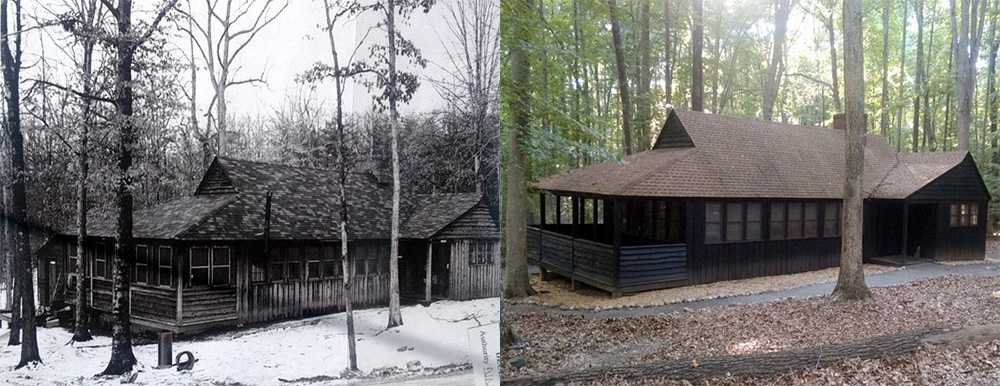
OSS cryptography training building at Area C: then and now. (Image courtesy of the National Archives and the NPS).
The history of spies in America’s parks might have been lost to time if it weren’t for dedicated OSS officers like Arthur “Art” Frederick Reinhardt, who ensured this fascinating part of America’s intelligence history was preserved for generations to come.
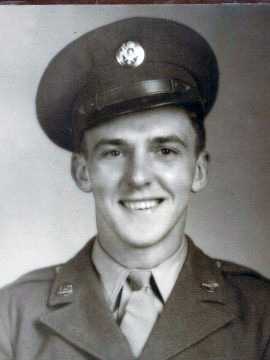
A young Art Reinhardt, 1940s.
For the Love of a Park: The Legacy of Art Reinhardt
Arthur “Art” Frederick Reinhardt was an OSS communications officer who trained at Prince William Forest Park. He was also a founding member of the CIA.
Born in Sardinia, New York, on Halloween day in 1925, Art was one of 18 children. He left home at age 15 to work on a neighboring dairy farm while he finished his studies.
He joined the Army Air Corps after graduating high school in 1943. The OSS recruited him the following year and sent him to advanced communications training at Area C.
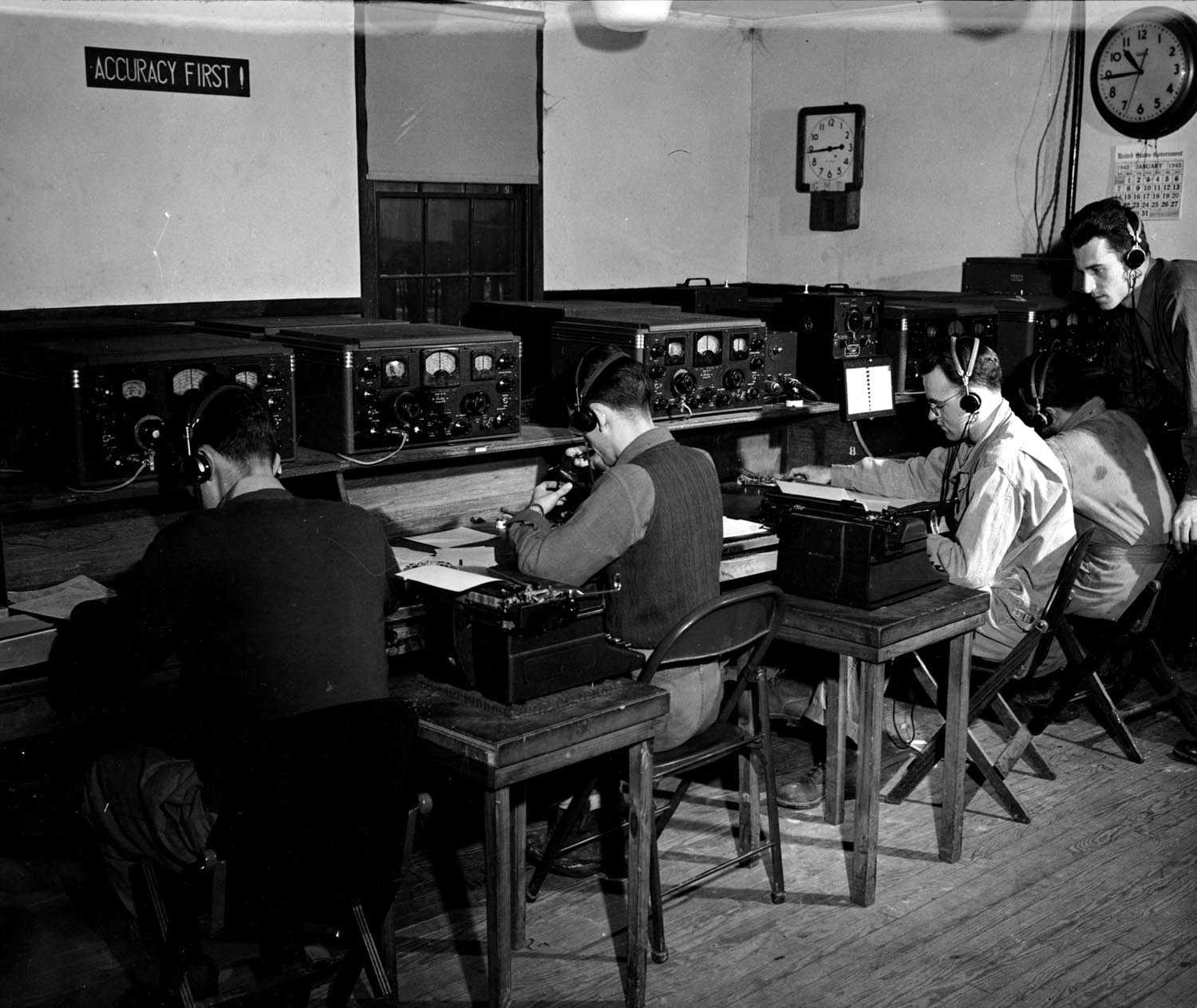
OSS recruits learning how to decode and transmit secret messages at Area C during WWII. (Image courtesy of the National Archives).
After finishing his training, Art was deployed to China and assigned to a joint operation with the 14th Air Force, where he gathered and transmitted intelligence on the Japanese.
After WWII ended and the OSS was disbanded, Art became a founding member of the CIA. His expertise in all things related to communication operations led him to develop CIA’s training in this field. Eventually, at the end of his memorable career, he became Chief of Operations for the Office of Communications.
Art was awarded the Intelligence Medal of Merit when he retired in March 1976.
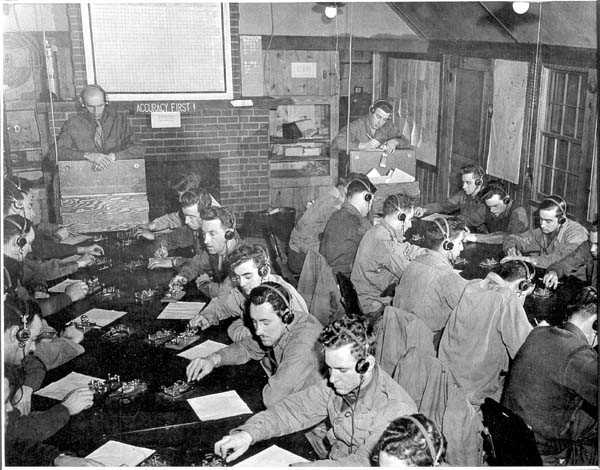
OSS recruits transmitting and decoding messages during training at Area C. (Image courtesy of the National Archives)
Throughout his life, Art maintained a strong connection to the OSS and his training roots. He spent his later years helping to share and preserve the history of the OSS and especially cherished his work at Prince William Forest Park. He gave several public talks at the former Area C camp grounds over the years, most recently in June 2019 at 93 years old.
Art Reinhardt, one of the last remaining members of the OSS, died on March 4, 2021.
At his request, Art was buried in Quantico National Cemetery, just across the road from the old OSS training grounds, where he can forever keep watch over his beloved Prince William Forest Park.

